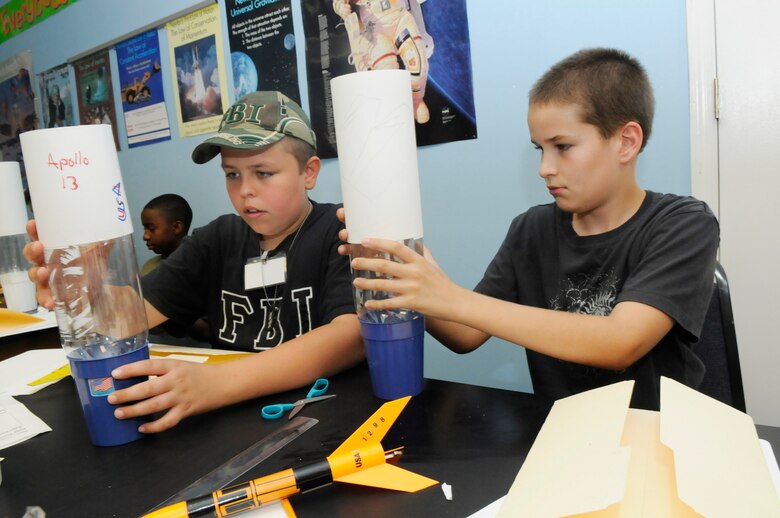As fun as a trip to the playground can be, we all know that a range of uncomfortable scenarios can crop up from time to time as many different children play together on the same playground. Sometimes you may just look on to see how the children will handle the issue, but at times you’ll have to consider when you intervene with your children at the playground?
Some scenarios may involve conflicts, known dangers, or unacceptable behaviour of children towards others. The key instances below may well call for your intervention.
Fights Over Toys/Equipment
Many disagreements over toys will be minor, and it can actually be helpful to give the children space to work these situations out themselves. However, some instances can involve escalating tension, and if it reaches the point of physical altercations, such as pulling, scratching or even fists. then you should act fast to manage the situation.
There are various different ways of eliminating the problem, from offering to participate in the game, or by asking for the toy or ball, letting your child know that snatching and keeping the toy or ball stops the game and keeps others from enjoying it. Most children will want the play to continue, and so will begin to move towards a more shared approach to be involved.
Not Taking Turns on the Playground Equipment
When you notice children freeze on the equipment, it may be time you intervene. It’s important to assess whether the child has taken control of the equipment and is refusing to include others, or whether the child may have noted a sense of danger on the equipment or have fear about using it. If it is a case of being unsure of a certain piece of equipment, it may be an important step in their development to help a child on it and through it. Maybe a child is stuck in a piece of equipment, say a slide, in which case you can step in to help them out before they become distressed. Ensure children use equipment one after the other if the area is designed to handle only one child, as overloading can cause safety concerns.
When You Notice Aggressive Children
One major issue at shared playgrounds can be aggressive children who hit, push or even throw objects not meant to be thrown at other children. When you see such a child, it may be worth identifying who accompanied them to the playground. They may not even be aware of the behaviour, but it can be helpful to respectfully notify them of your concern about the child’s behaviour. If their parents, nanny or other guardian do not respond to help the situation, it’s best to move your child to a different space of the playground rather than to step in and intervene with the other person’s child. In instances where your child is the aggressor, the first thing to do is to encourage your child to apologise in the best way they know how. This kind of reaction helps to stop aggressive behaviours from developing.
In the vast majority of cases, outdoor playgrounds will be a place of non-stop fun and learning, but we’ve seen enough play times to know it’s always good to have a few behavioural management tips up your sleeve!

